
All categories
Featured selections
Trade Assurance
Buyer Central
Help Center
Get the app
Become a supplier

(14604 products available)
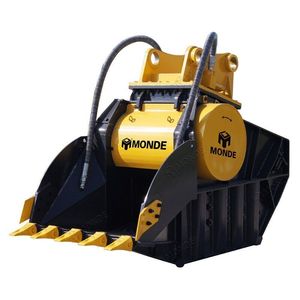

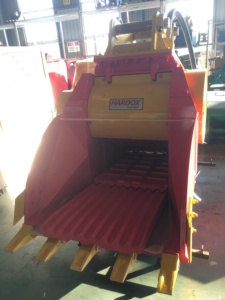

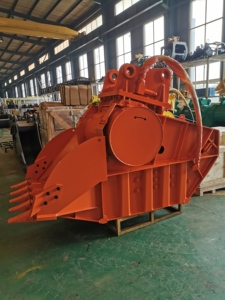
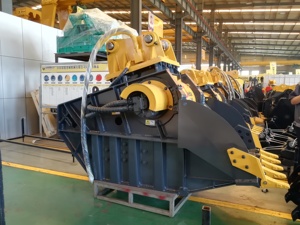















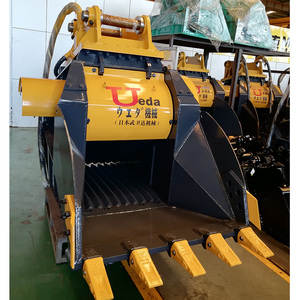
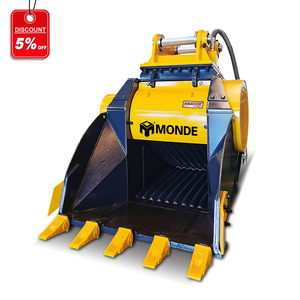



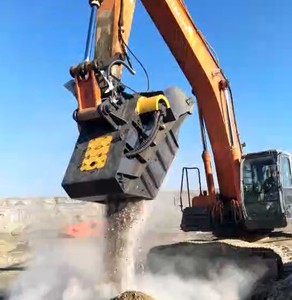

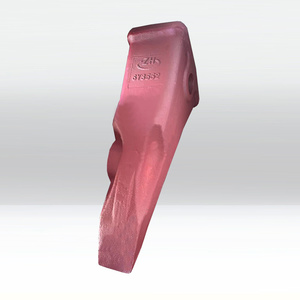
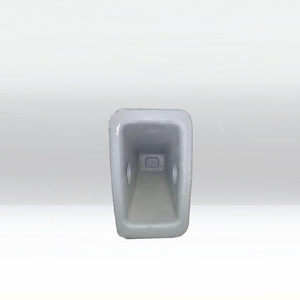
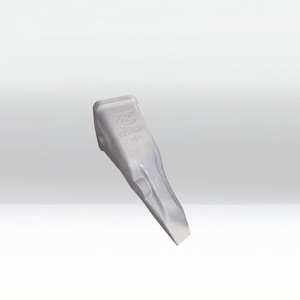




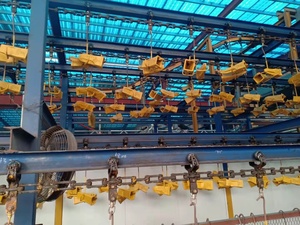









Excavator buckets are an essential part of any digging machine, and excavator bucket teeth are equally important as they make up the bucket's edge. Excavator teeth improve the bucket lip by providing a sturdy digging margin that closely resembles a human tooth. A few typical types excavator bucket teeth are as follows:
General Bucket Teeth:
General bucket teeth are often utilized in standard soil conditions. They are manufactured from durable materials to provide adequate wear resistance. General bucket teeth are typically tapered to allow for easy penetration into the ground.
Penetrator Bucket Teeth:
Penetrator bucket teeth are often utilized in challenging soil conditions, such as packed earth or gravel. They have a more pointed shape than standard bucket teeth, which allows for better penetration. Penetrator bucket teeth are usually made from high-strength steel and are designed to provide maximum penetration and control in the toughest digging conditions.
Wide Bucket Teeth:
As the name suggests, wide bucket teeth are used in applications where brushing is required, such as mining or aggregate processing. They are broader than standard bucket teeth and enable the operator to move more material with each pass. Wide bucket teeth are typically made from heavy-duty materials to withstand the rigors of high-production digging.
Heavy-Duty Bucket Teeth:
Heavy-duty bucket teeth are available in different shapes and sizes, each ideally suited for specific excavator models. These teeth are designed to handle extreme wear and tear from high-volume digging operations. They provide maximum strength, durability, and protection for the excavator bucket.
Sizes and fitment
The excavator bucket teeth are available in different sizes and fitments to match various bucket dimensions. They are commonly designed to fit on excavators ranging from small to large. The fitment style can be either pin-on or lock-on.
Material
The excavator bucket teeth are made from high-quality steel. However, different grades and alloys may be used depending on the type and brand of the excavator tooth.
Digging capacities
The excavator bucket teeth are designed to handle specified digging capacities. Some teeth types are better suited for lighter material and depth, while others are designed for heavy-duty excavation.
Load rating
The bucket teeth load ratings are specified in tonnages. Each tooth will have a maximum load tonnage indicated. Excavation above the rating can cause damage to the teeth.
Wear patterns
As excavator bucket teeth are used, specific wear patterns develop. These include smooth areas where material has been displaced, grooving from abrasive materials, and rounded edges and points. Regular monitoring of teeth for wear patterns allows for effective scheduling of replacement to maintain excavator performance.
Proper maintenance of the excavator teeth ensures they can continue efficiently digging various materials. Here are some excavator bucket teeth maintenance tips:
Regular inspection
Users should frequently look at the teeth to see if they are worn out, cracked, or damaged. They should replace any badly worn or damaged teeth quickly to avoid more damage occurring to the bucket.
Lubrication
Users should apply grease to the teeth and their fittings regularly. This will help reduce wear from friction and also make it easy to remove the teeth when they need a replacement.
Maintain proper clearance
Users should ensure that there is appropriate clearance between the bucket teeth and the tooth adapters. Not maintaining the required clearance may result in accelerated tooth wear and damage.
Exercise proper loading and digging techniques
User should avoid overloading the excavator beyond its rated capacity to prevent excessive wear and damage to the teeth. Proper digging techniques should be employed to minimize lateral stresses on the teeth.
Maintain tooth and bucket alignment
Users should regularly check that the bucket teeth are properly aligned. Misalignment may result in uneven wear and reduced excavator efficiency.
Tooth grooming
Users can consider periodically re-shaping the teeth by maintaining their original profiles. This helps prevent premature wear patterns from developing.
The excavator bucket teeth are usually installed on the edge of the excavator bucket. They are of much importance in the digging operation of an excavator, which changes the shape of the bucket to a pointed one and increases its digging power.
Therefore, excavator bucket teeth serve various industries such as construction, mining, agriculture, oil and gas, marine and infrastructure repair and maintenance, among others, either directly or indirectly with the help of excavators fitted with different types of excavator bucket teeth.
In addition to the above applications, excavator bucket teeth are also used in the following sectors as per different tooth designs:
It is crucial to select the proper excavator bucket teeth for the equipment and tasks at hand. Consideration should be given to a variety of elements, including the fitment requirements, the task type, the material of the teeth, and the wear characteristics of the excavator bucket teeth for various types of excavator buckets.
The size and shape of the excavator's attachment point are referred to as fitment requirements. It is crucial to ensure the bucket teeth properly attach while considering the excavator's make and model. For example, specialized teeth, like the hydraulic excavator bucket teeth, are customized to fit hydraulic excavator buckets.
The task type and terrain can impact the selection of excavator bucket teeth. If working in rocky terrain or performing demolition tasks, selecting teeth with superior penetration, like tiger teeth for excavator buckets, may be necessary. Conversely, a flat blade may be more appropriate for tasks requiring material extraction from the ground or loading.
Bucket tooth excavator tips are made from various materials, including steel and carbide. Steel possesses inherent toughness and versatility, making it a popular choice for excavator bucket teeth. Its durability ensures reliable performance across a range of applications. However, for tasks demanding extra durability and resistance to abrasion, carbide offers a compelling alternative, specially designed for high-impact and abrasive environments. The selection of the tip's material directly influences the excavator's efficiency and longevity.
The wear characteristics of excavator bucket teeth can differ depending on the tooth design. Rounded or rippered teeth may wear out more quickly than尖 teeth, which could lead to uneven wear on the excavator bucket.
Finally, balancing expense and performance is essential when choosing excavator bucket teeth. While selecting high-quality teeth may incur a higher upfront cost, it may save money by reducing maintenance and replacement costs.
Q1: How crucial are excavator bucket teeth?
A1: The excavator bucket teeth provide traction to dig and excavate material. They affect the performance, efficiency, and smoothness of operation.
Q2: What factors affect the wear of excavator teeth?
A2: Material type, tooth design, quality, and operating conditions, such as temperature and humidity, can affect the wear of excavator teeth.
Q3: Is changing excavator teeth difficult?
A3: No, excavator teeth are designed for easy replacement. Usually, they are pinned or clamped to the bucket, so they can be unbolted and replaced as needs arise.
Q4: Do excavator bucket teeth have aftermarket options?
A4: Yes, excavator bucket teeth are popular aftermarket parts. Many manufacturers supply excavator teeth suitable for various excavator models.